The Nude and Art
 Grace, by Sunitha Anand Rao, courtesy Monsoon Canvas
Grace, by Sunitha Anand Rao, courtesy Monsoon Canvas
What does nudity in art signify? Does it always allude to a sensual motive or do artists intend to convey something more? This article tries to delve into other principle reasons for the Nude in paintings.
To understand the significance of nudity in art, we need to travel back in time when sculptures were the most prominent art form. Sculptures were created to depict various important aspects of social life, especially religion and government. These sculptures formed an integral part of society and adorned temples, court houses, palaces, gardens and other public places of importance. Sculptors therefore needed to have high levels of skill and imagination to make the sculptures seem more life-like. Sculptors experimented with the pose, the symmetry, placement and angle of body parts and various other details to bring out a perfect life statue. This meant the viewer needed to perceive emotions from the sculpture, leading artists to use more than just facial expressions to convey emotions. Sculptors began to use the whole expanse of the body for this purpose, which also meant they could not dress up their subjects, as clothing cannot convey the person’s emotions, but portray them nude.
Nudity and emotions

The bare body gave the artist more room to express emotions like tension, anger, power, desperation and also allowed the expression of movement. The taunt muscles, bulging veins, contorted torso, sinewy legs, ribbed stomach gave the sculptures a sense of movement. The exaggerations also displayed the mental state of the character portrayed. One of the most famous sculptures is the one depicting a Greek mythological character, Laocoon and his sons called the Laocoon Group. Here the sculptor uses the bare body to show the struggle of the father and the sons with a serpent. The sculptor uses the bare bodies to display the struggle, agony, fear and anger. Sculptures like Laocoon inspired Renaissance painters like Michelangelo to use the same technique of the nude body, in his paintings, to inspire the viewer with the stories from religion and mythology. Eventually paintings borrowed the ‘nude technique ‘of sculptors to give life and emotion to a scene or story. Soon the study of the nude (male nudes initially) became an indispensable part of an artist’s training. Art students not only studied nude male models but also classical sculptures which show them how an ideal nude body could be represented. It’s well known, that Da Vinci in his effort to perfect the human muscular and skeletal system dissected and studied cadavers.
Nudity and artistic skill
Mastering painting of the human body is seen as the truest artistic skill and the vehicle for a wide range of expression. Unlike painting a clothed figure, a nude image required perfect mastery of painting the skin tone, a good knowledge of the skeletal and muscle structure, proportionate alignment of various parts of the body along with alignment of the body to the surroundings and other characters.
An interesting quote by an American artist Jacob Collins* sums up the complexity of painting nudes; “I wanted to pour all of my energy into the greatest challenge a painter can face. There is nothing more difficult to paint. To paint a figure clearly and simply, with beauty and strength, to paint the humanity inside the person through their outer body is the hardest and greatest goal. To paint with the skills of past masters while still feeling fresh, to paint anatomical forms that feel alive, to paint a head that feels like it is full of thoughts, is to jump into the world of the great figure painters of times past.”
Nudity and virtues
It was also common to use nudity when portraying God and Goddess from mythology to bring out the virtues of valor, bravery, courage in case of male nudes and the qualities of beauty, coyness and fertility in case of female nudes. Artists at times, used these depictions to evoke a sense of divinity and innocence in the viewers mind. Although, after the rise of Christianity in the west, nudity primarily depicted shame and humiliation; this was thankfully eliminated by the revival of the renaissance. The Rocco and Baroque periods brought with it nudes that portrayed frivolous or playful eroticism. Rubens’ voluptuous female nudes were sensual and carefree. Paintings of Degas, Manet and the others also depicted this theme. The nude females in these painting provided the scenary with a flippant mood, like a group bathing scene, or enjoying a picnic. It signified the joie de vivre attitude of whole setting.
There could be other reasons for depicting nudity in art, than the ones mentioned above; one of the most common reasons is the shock value. Shock value acts as a medium to convey an important message or to increase the artist’s publicity.
The above explanation will hopefully help in understanding Nudes and the intentions behind them. Send me your comments; if you feel there are other aspects to nudity in art, I would be glad to include them as an annex to this article.
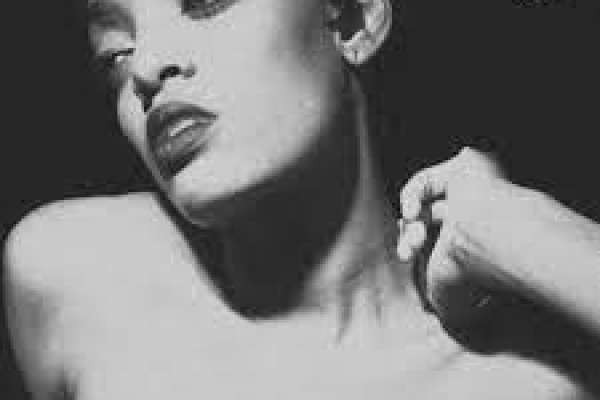
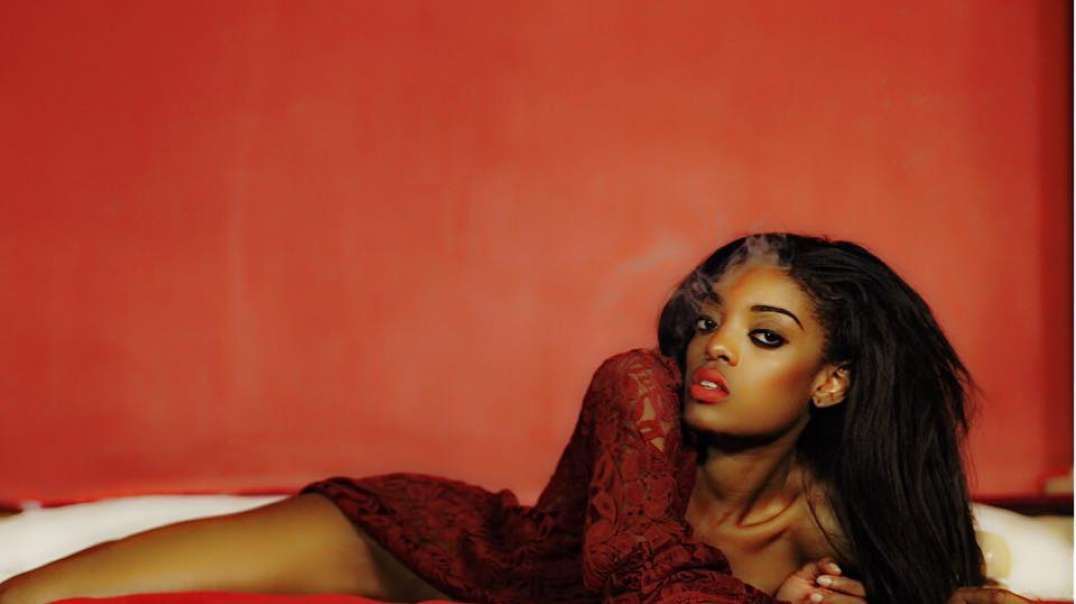
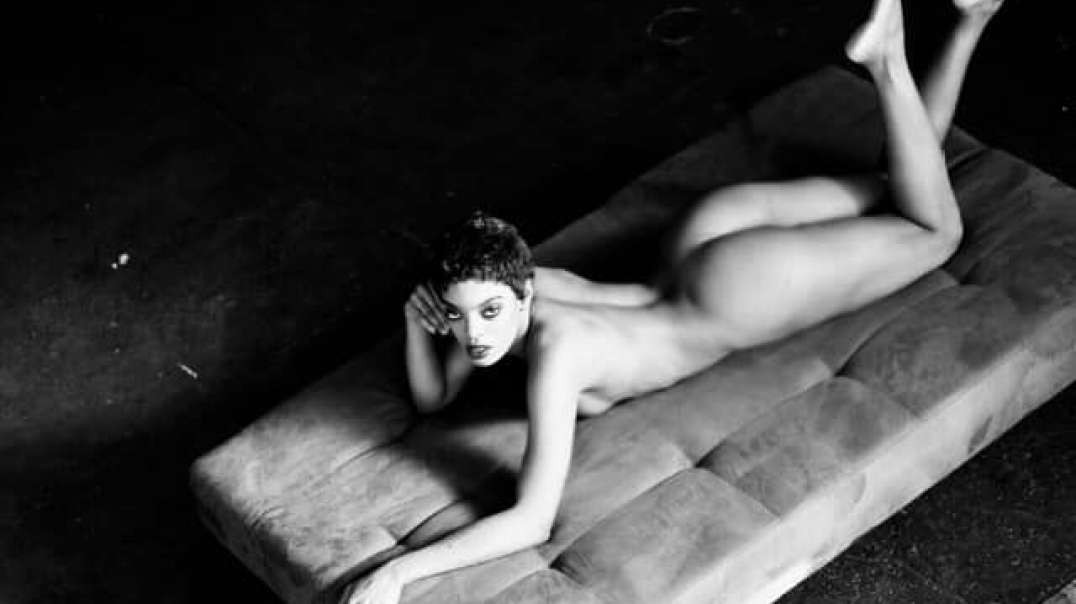


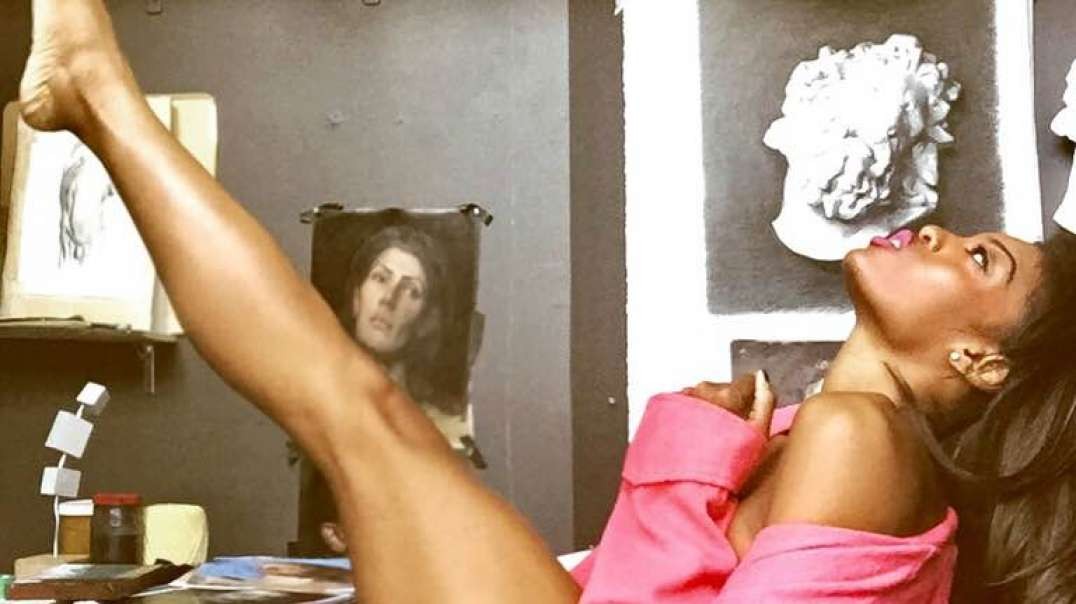

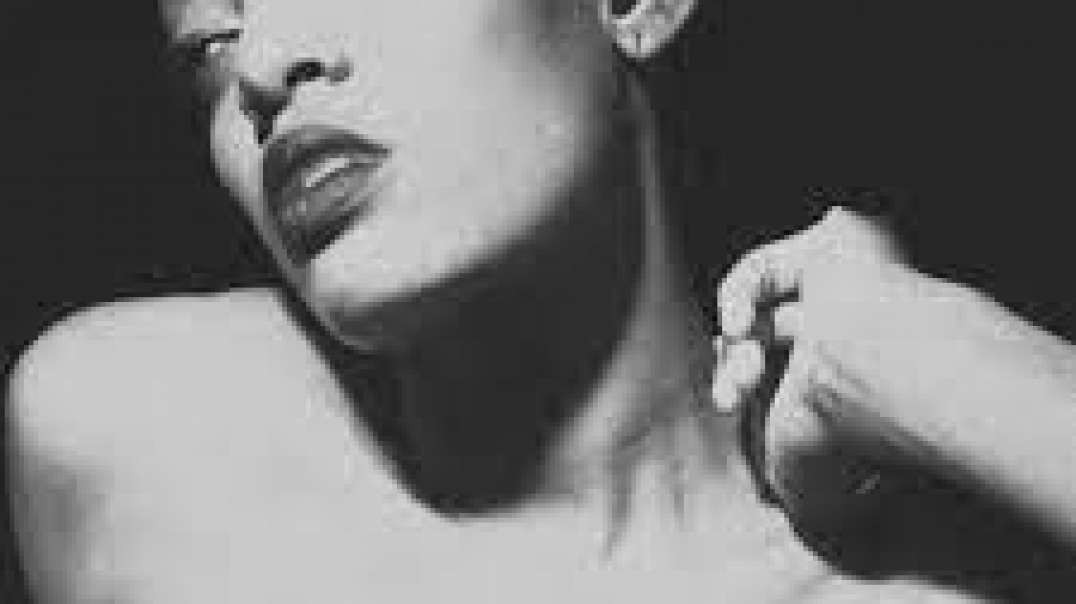

No Comments